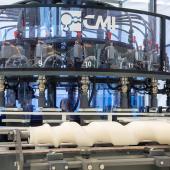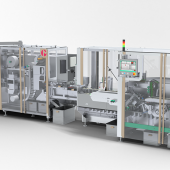The robot in the packaging world
The market, types, applications and technological trends in an event dedicated not only to traditional robots but also to mobile ones, to cobots, to exoskeletons. Eyes also on social issues and training. Maurizio Cacciamani
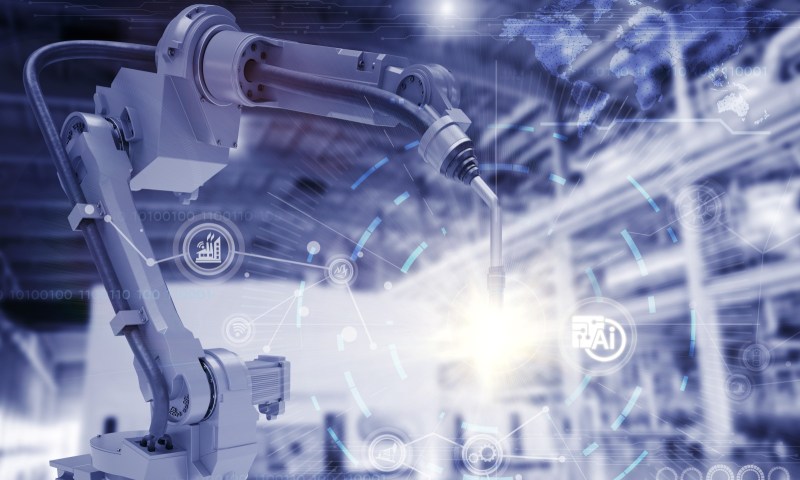
Well attended the Day dedicated to robotics and mechatronics held in Milan last November 4 at the headquarters of the Sole 24 Ore Group, organized by SPS Italia and hosted by Riccardo Oldani of the Open Factory Scientific Committee.
Subject of the discussion, the theme “Robots and automation: the challenges for integration - Success stories about opportunities and benefits of robotics in the supply chains”.
In the welcome speech, Donald Wich (CEO of Messe Frankfurt Italia) underlined the importance of the sector, citing few but significant data: in 2018, at world level, investments amounted to 16.5 billion dollars, destined to grow in the three-year period 2020-2022 by 12% (but in Europe the percentage will rise to 14%).
«The phenomenon of the moment is the cobot – Wich stated - whose sales last year increased by 23%». In the food and pharma area the increase was respectively 12 and 9%.
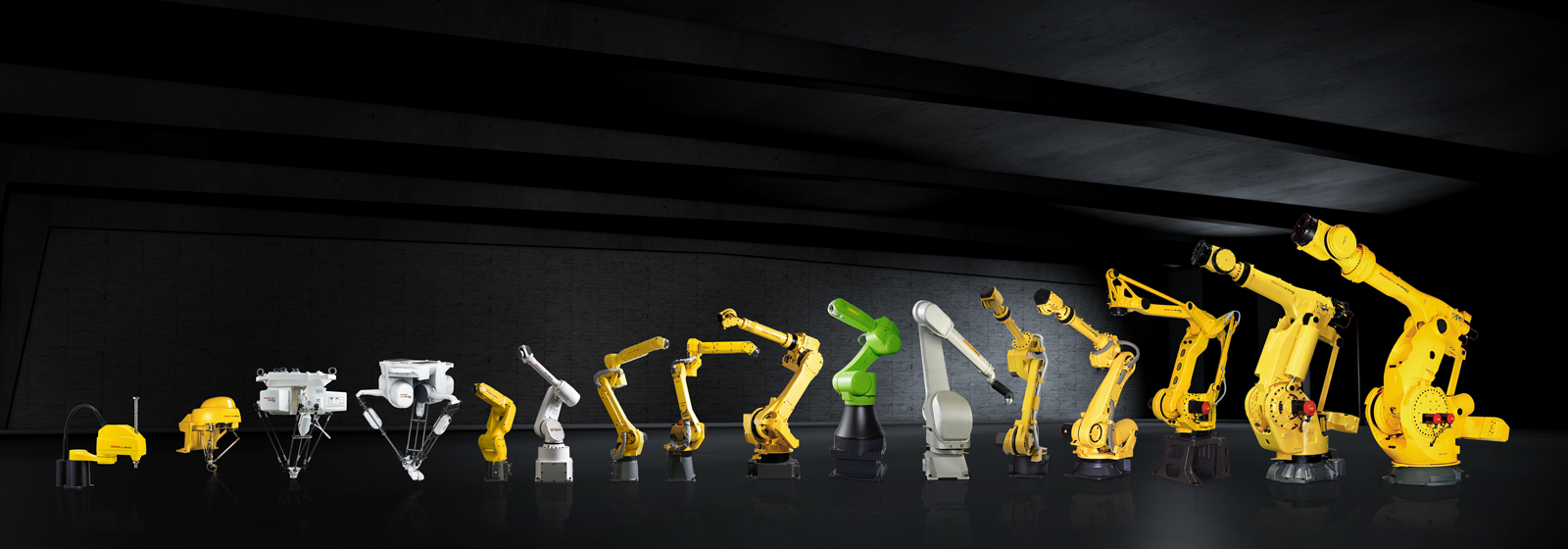
The market, the factory, the social aspects
The proceedings opened with a debate, introduced by Oldani, that recalled the fears generated by the robot, an emblematic representation of ancestral fears that man has in the face of the rapidity of scientific progress (R.U.R. Rossum’s Universal Robots, written in 1920 by Karel Capek is the play that introduced the term “robot” into world culture).
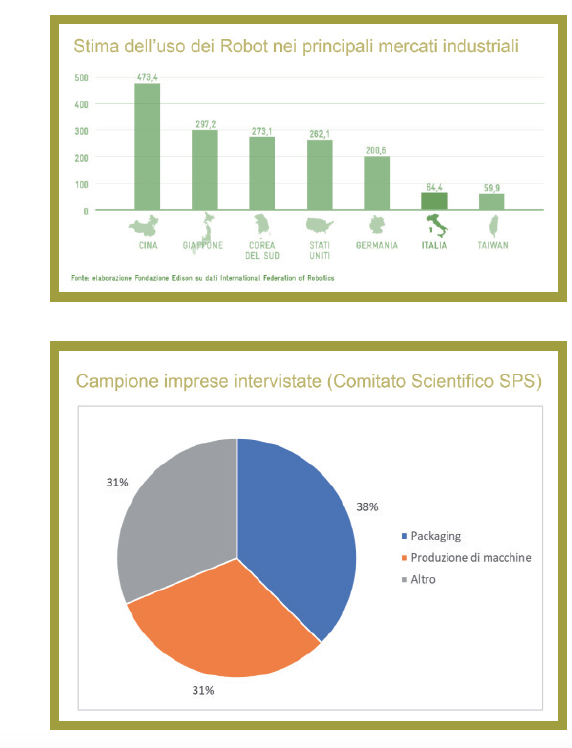 Arturo Baroncelli (Director SIRI - Italian Association of Robotics and Automation) added some other facts to those mentioned by Donald Wich: in Italy it is not the fashion or food & beverage sector the most important in terms of turnover, but that of instrumental mechanics with over 80 billion euros (2018 data). And the robot is one of the machines that falls into this segment: to stay competitive, Italian companies have installed around 69,000 robots since 2008, bringing Italy to sixth place in the world rankings; in 2018 alone 9,847 robots were sold in Italy (+27% compared to 2017).
Arturo Baroncelli (Director SIRI - Italian Association of Robotics and Automation) added some other facts to those mentioned by Donald Wich: in Italy it is not the fashion or food & beverage sector the most important in terms of turnover, but that of instrumental mechanics with over 80 billion euros (2018 data). And the robot is one of the machines that falls into this segment: to stay competitive, Italian companies have installed around 69,000 robots since 2008, bringing Italy to sixth place in the world rankings; in 2018 alone 9,847 robots were sold in Italy (+27% compared to 2017).
Collaborative robotics was the theme emphasized by Paolo Rocco (Milan Polytechnic, Member of the I-RIM Board of Directors, Member of the Competence Center MADE Board of Directors), where the robot is seen as a collaborator of humans (here safety plays a fundamental role), it being understood man will always remain at the center and the robot needs to be endowed with greater intelligence, in order to understand the behavior of the same. Other topics that require working on, according to Rocco, are soft robots, humanoids and machine learning through AI.
But what effects do robots have on the job market? Marco Bentivogli (General Secretary of the Italian Federation of Metalworkers FIM - CISL) replied to this question, beginning with a strong statement: «Robots scare public opinion more than they do workers! Based on my longstanding experience, it is indeed the lack of investments in technology that causes jobs losses: where robots are present, more workers are taken on». In this regard, however, it is essential that company management has a clear strategy on how the company is to develop.
In a similar vein Bentivogli pointed out that the introduction of cobots alongside workers has made it possible to relieve them of heavy, repetitive and even dangerous jobs.
«The other big problem - he added – skills related. Workers require more training, well above the 8 hours required by the metalworking contract. We need to follow the German example, where “digital schools” have been introduced for the ad hoc training of each operator, because, once training courses have been left fare behind, catalog based training is of little help: we need encourage people to return to ongoing training and being kept up to date».
A word from the users
Oldani then ceded the floor to the representatives of two important companies operating in the packaging sector.
«In Marchesini - explained Luca Favero (Automation Engineering Group Coordinator Marchesini Group) - we have 90 robotised machine-integrated and synchronized platforms. We have installed 2000 applications worldwide with machines and robots entirely made by us, with patented solutions: this is the case of a dynamic arm that covers different trajectories for pick & place and manipulation activities».
In Marchesini (machines and systems for pharmaceuticals and more) robotics finds space from primary packaging to palletisation.
«In Ocme we produce machines for primary and secondary packaging, palletizing and even shuttles for warehouses». Davide Buratti (OCME Research & Development Manager) explained that 80-90% of robot applications are in palletizing. «We started years ago by installing just one robot in the palletizer, now we build complex systems with 6 robots. The Ocme philosophy is to entrust robots evermore frequent and faster activities, such as, for example, servo-packing machines, where even 80 cartons/min are loaded.
And if, as Favero pointed out, «the challenges posed by customers and the need for integration has led to the revolution of the machines», Buratti has specified that, to be successful, «you need to mask the complexity of the system making it simple to use».
As regards the use of cobots, the two managers have reached similar conclusions about their still limited diffusion: according to Favero, the reason is that the pharmaceutical sector is traditionally not very reactive to new features, while for Buratti, it is because the machines currently available do not guarantee the speed offered by the robots.
Favero and Buratti also agree that artificial intelligence and advanced sensors will be the prevailing themes of the immediate future.
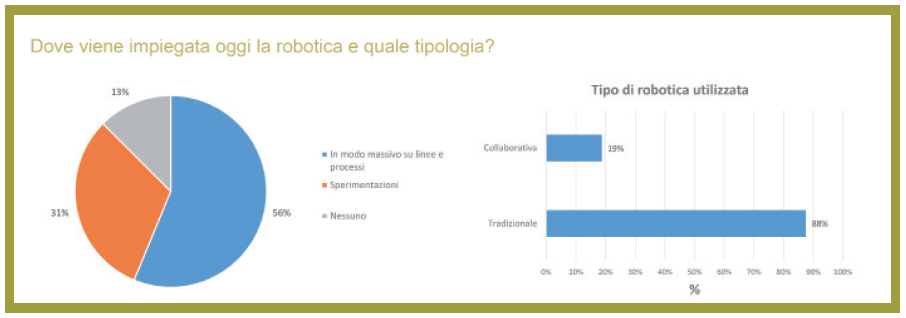
|
Robotics in food & beverage and tobacco The interesting mapping work by Giambattista Gruosso, professor of the Department of Electronics, Information and Bioengineering at the Politecnico di Milano, continues. - This time the study is dedicated to the challenges and potential of robotics in the industrial sector. - Continues... |
Applications in the food sector and in cosmo-farma
Two round tables concluded the event, attended by nine of the major robotics companies: ABB, Fanuc, Kuka, Universal Robots, Yaskawa Italy, Comau Robotics, Mitsubishi Electric Europe, Omron Electronics, Tiesse Robot- Kawasaki Robotics.
Riccardo Oldani involved the participants in two aspects: applications and trends. Here we only mention the applications related to the packaging sector.
- Alberto Pellero (Kuka) said that IMA has decided to replace the staff that supplies the reels of paper for labels to the labeling machines with AGVs. The system is intelligent: it locates the coil in the storage facilities, transports it to the production area and places it on the machine, relieving operators of a repetitive and cumbersome task.
- Pier Paolo Parabiaghi (Fanuc) in turn explained how, in the beauty sector, a commodity product can become a niche product: the user takes a selfie that they send to the supplier who, thanks to an algorithm, chooses the cosmetics with the “right” color for the customer. Shipping takes place in 24 hours. All thanks to IOT, artificial intelligence and integrated robotics. The solution has been implemented in collaboration with Cisco.
- Flavio Marani (Tiesse Robot) pointed out that applications are numerous and also original in the food sector, like the line that uses Kawasaki robots for cutting sandwiches, or the one for picking up oranges or that overturns boxes of oranges on the conveyor belt. Even large retailers are starting to use robots: one of the most popular brands has, for example, robotized its meat crate washing line.
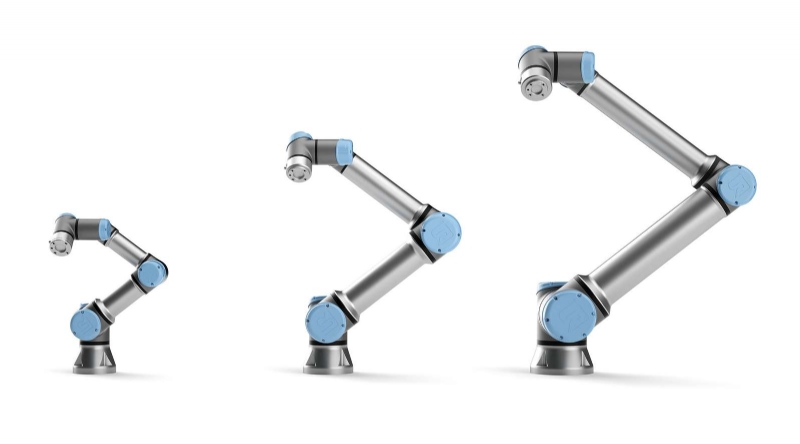
Trends, demands and critical features
• Safety is always a very important aspect in all applications (especially with regard to cobots), which must be evaluated in their entirety; in the future, laser scanners and safety controllers will be added where they are not currently provided.
• Robots will interact with humans, adapting to the needs of the operator as they will be able to recognize their movements (thanks to artificial intelligence).
• Sensors (3D vision systems installed on board the machine) and software and above all artificial intelligence will become increasingly important.
• Programming will be ever easier in the form of self-learning, avoiding programming languages.
• Integration will be increasingly driven by the use of a single platform to which different robots, motion, IOT, intelligent transport systems and intelligent sensors are connected.
• System integrators will continue to have a leading role, as they have specific experience in different sectors, but they must be adequately trained so that they keep pace with technological development, and supported in the implementation of applications. For this purpose, suppliers generally provide test areas, dedicated to training in the field, where application tests can be carried out.
• The companies subsequently predict the development of mobile robots and robots in particular versions, such as exoskeletons and educational robots.
• A final reference to training: Kuka is opening three offices to train the mechatronics experts of the future, and Yaskawa, which has just inaugurated its Academy, provides basic programming courses for schools, so as to train the technicians of tomorrow.
Maurizio Cacciamani
Marcom specialist & technical writer about automation, innovation and packaging
RELATED ARTICLES:
"La robotica nel food&beverage e nel tabacco"












